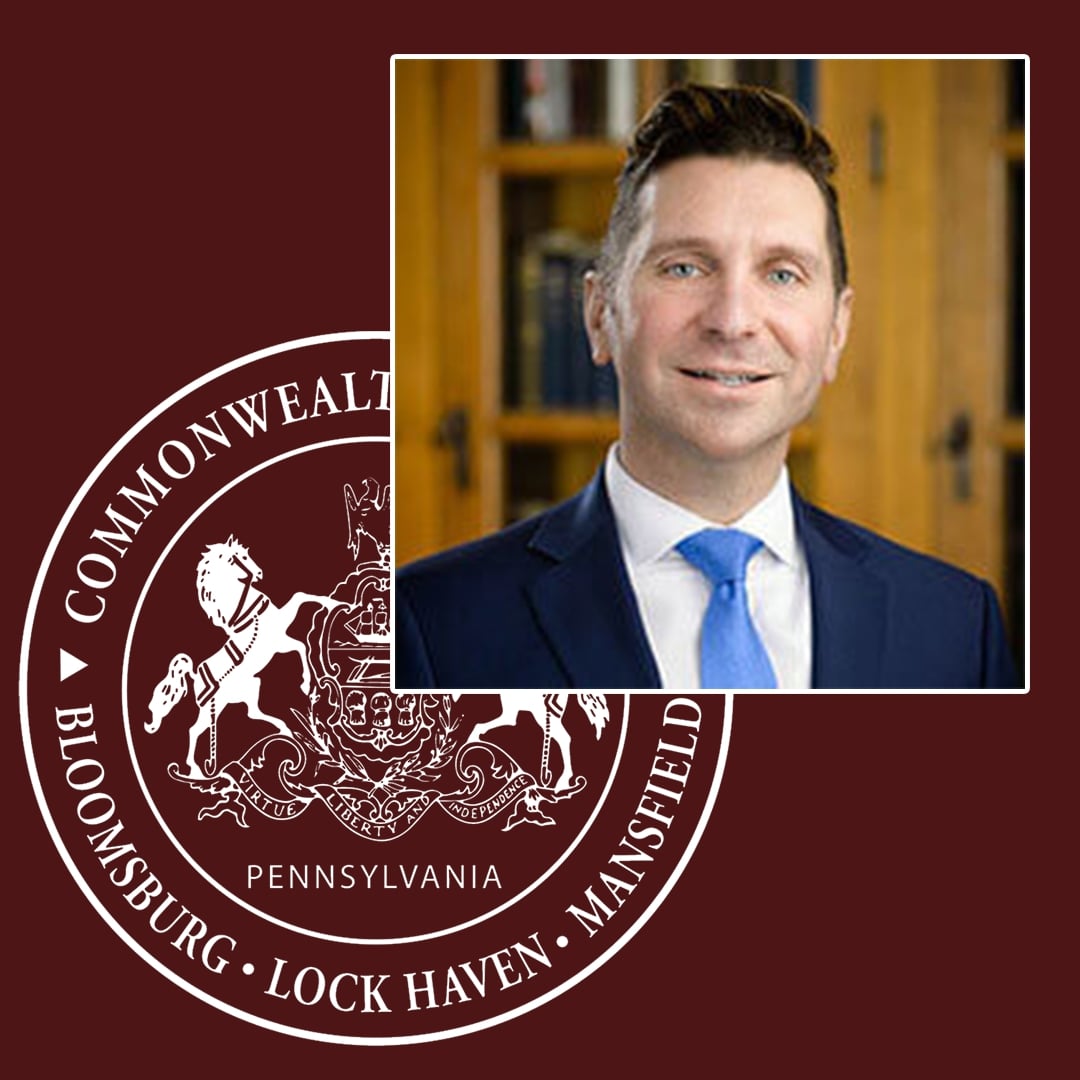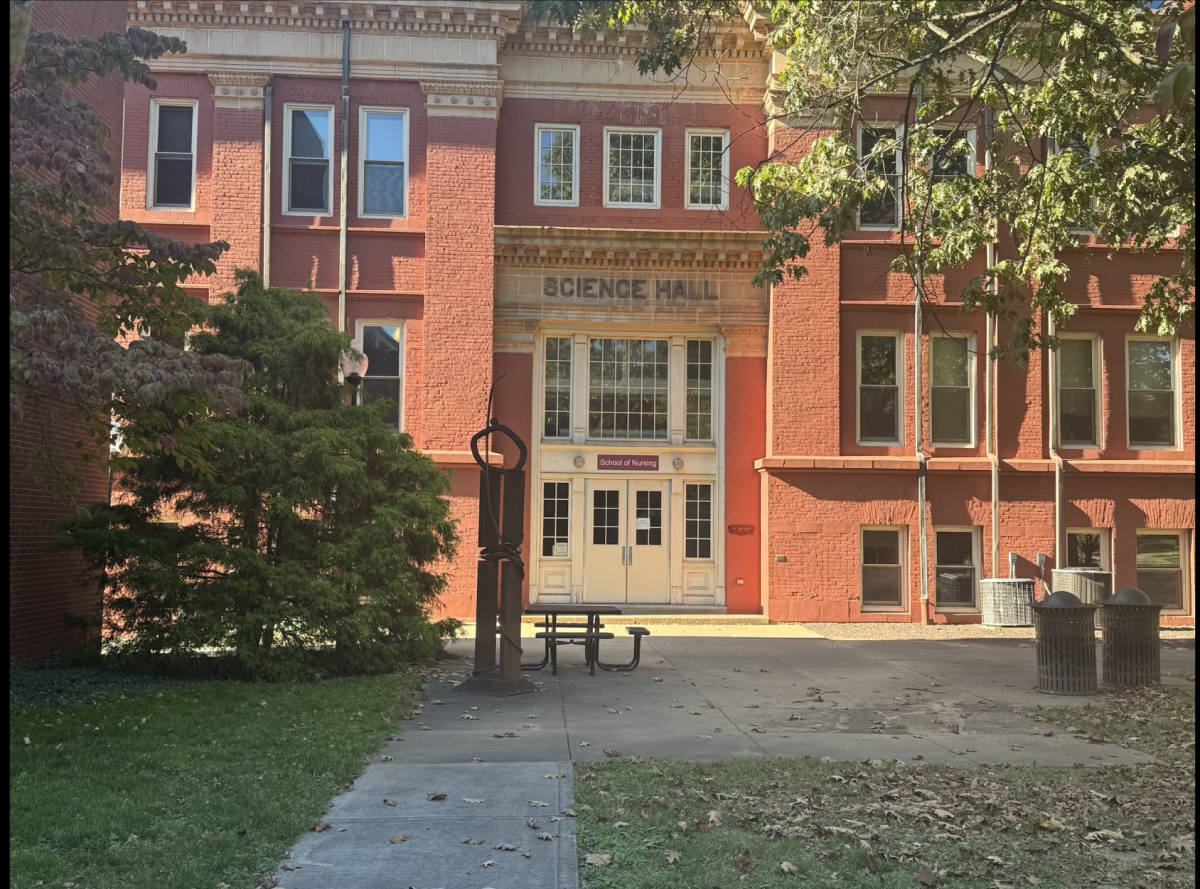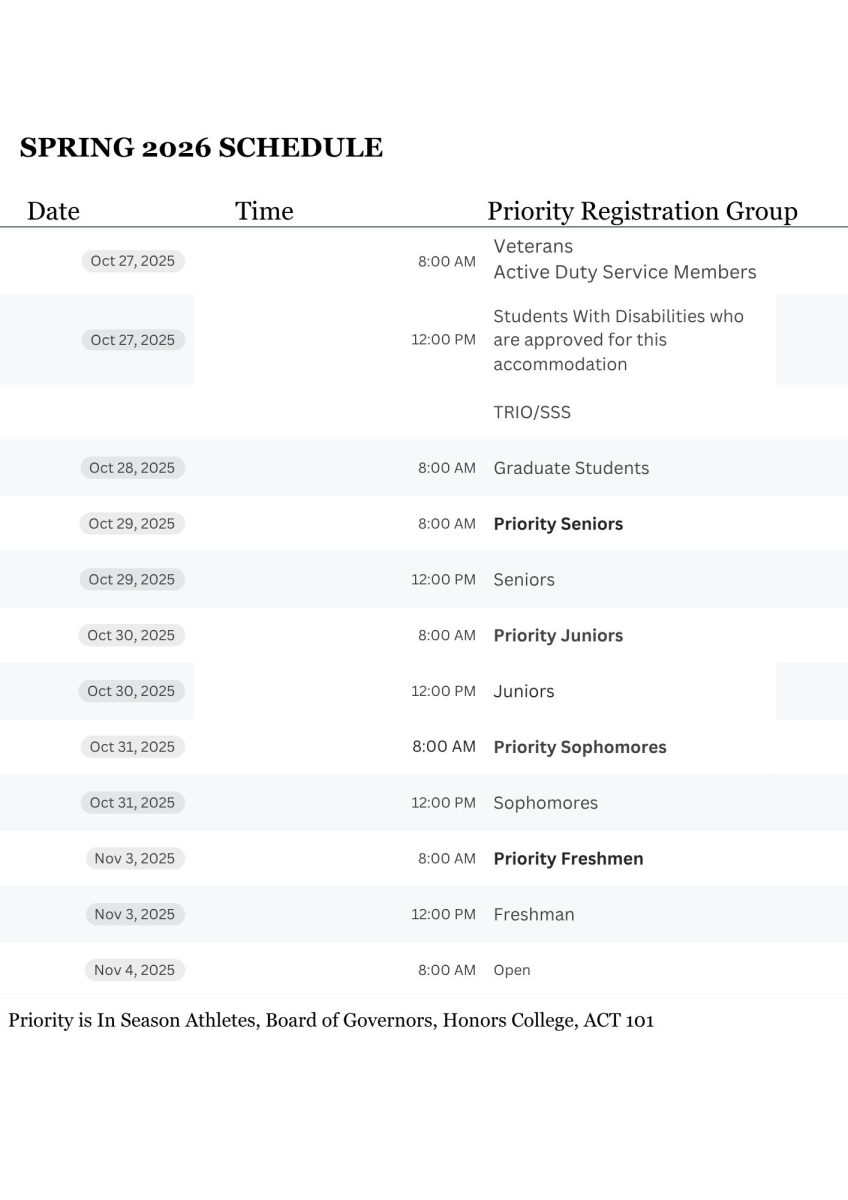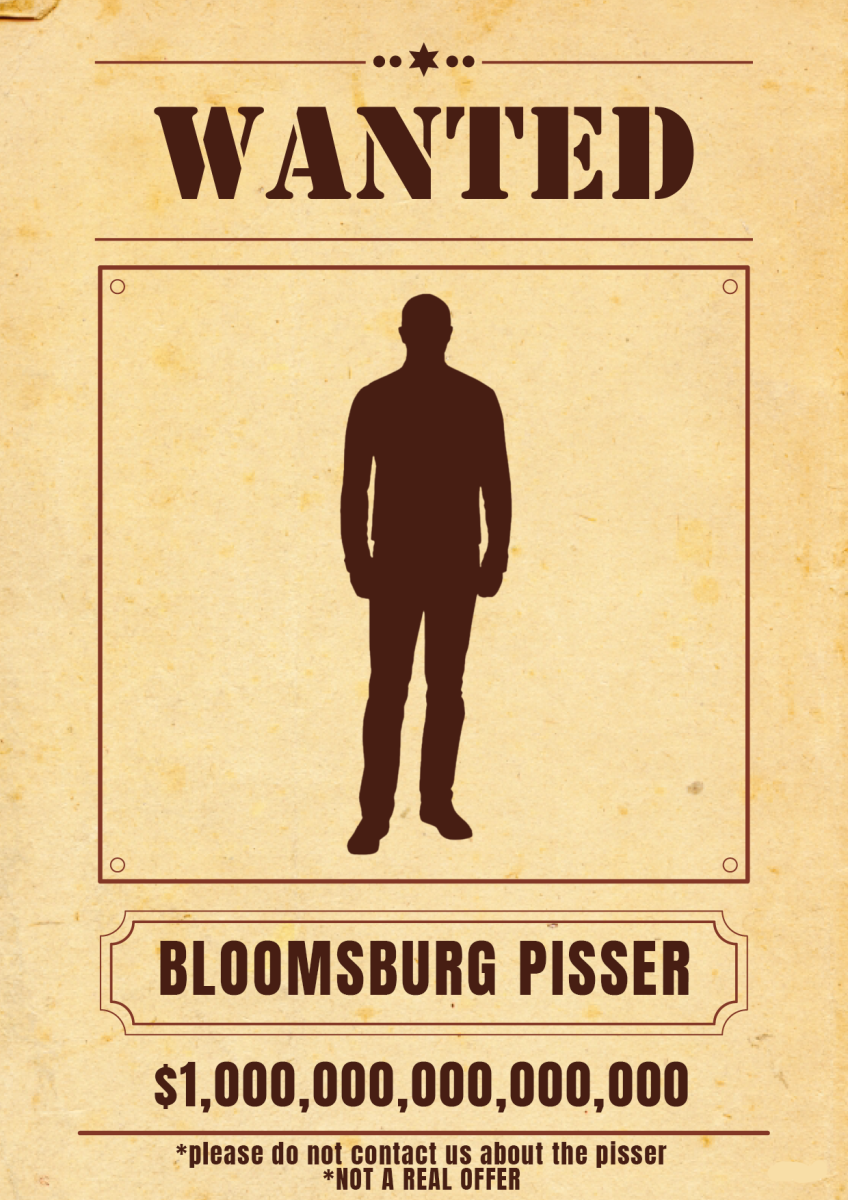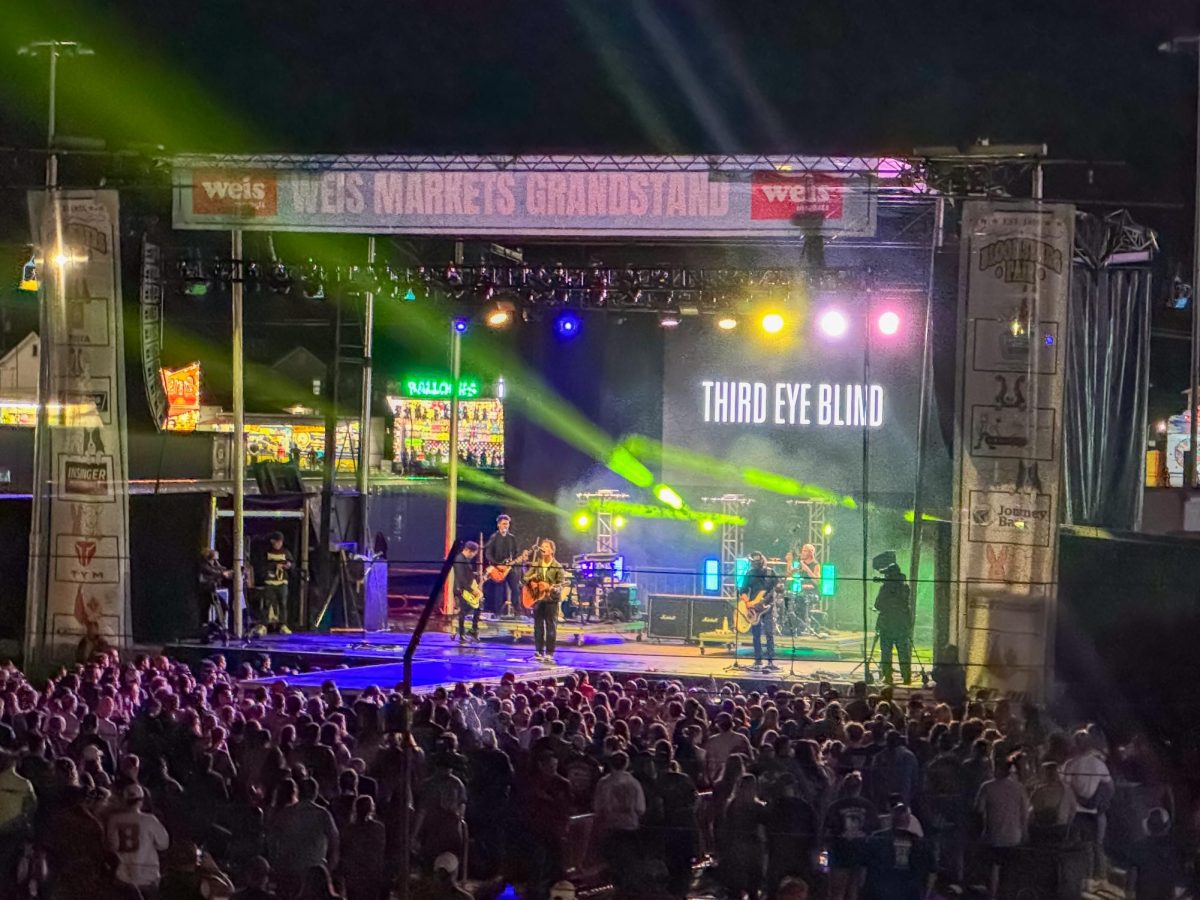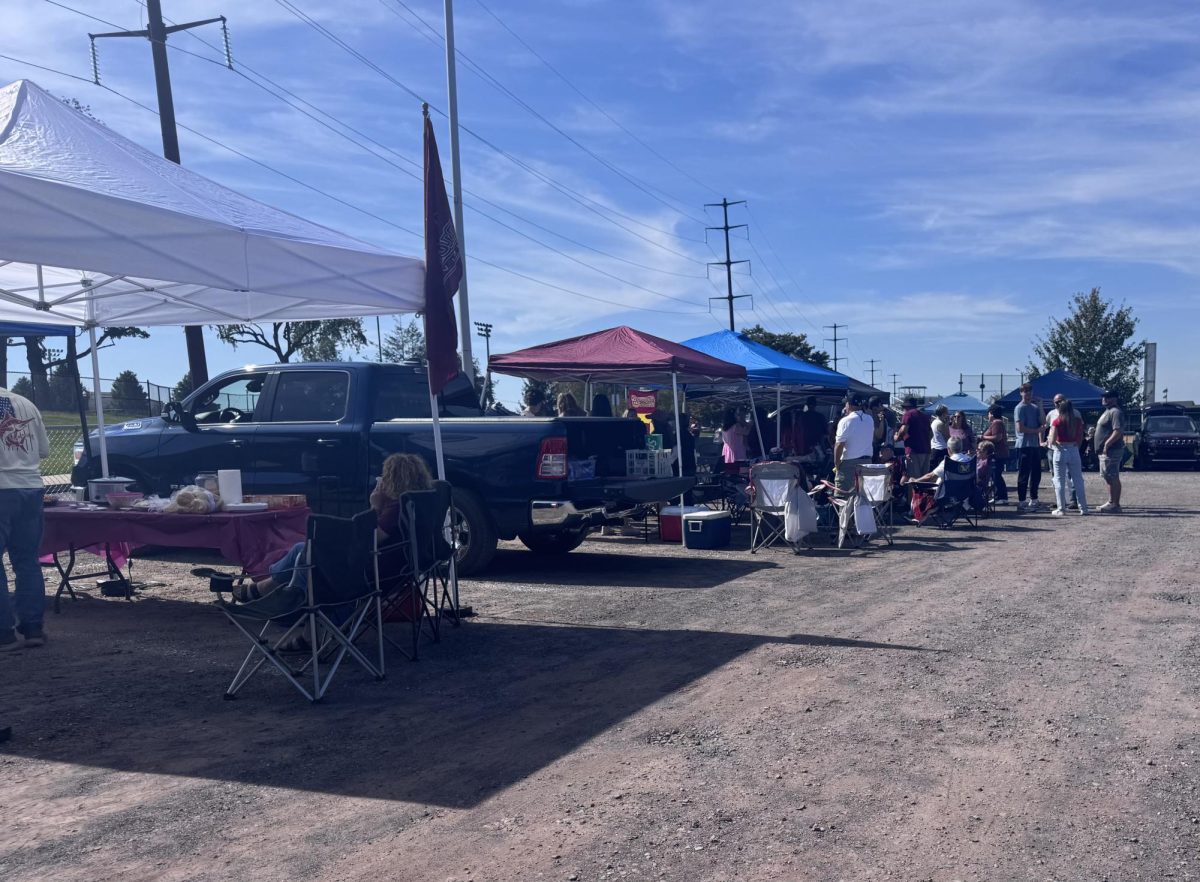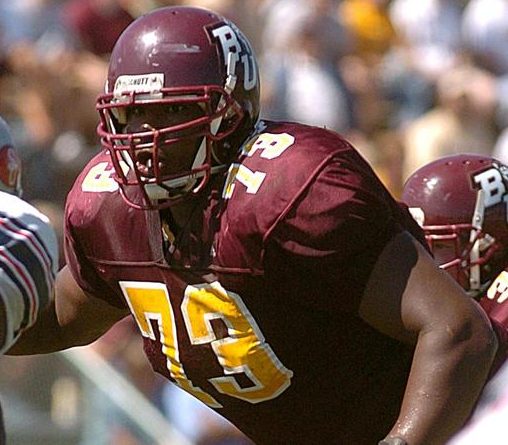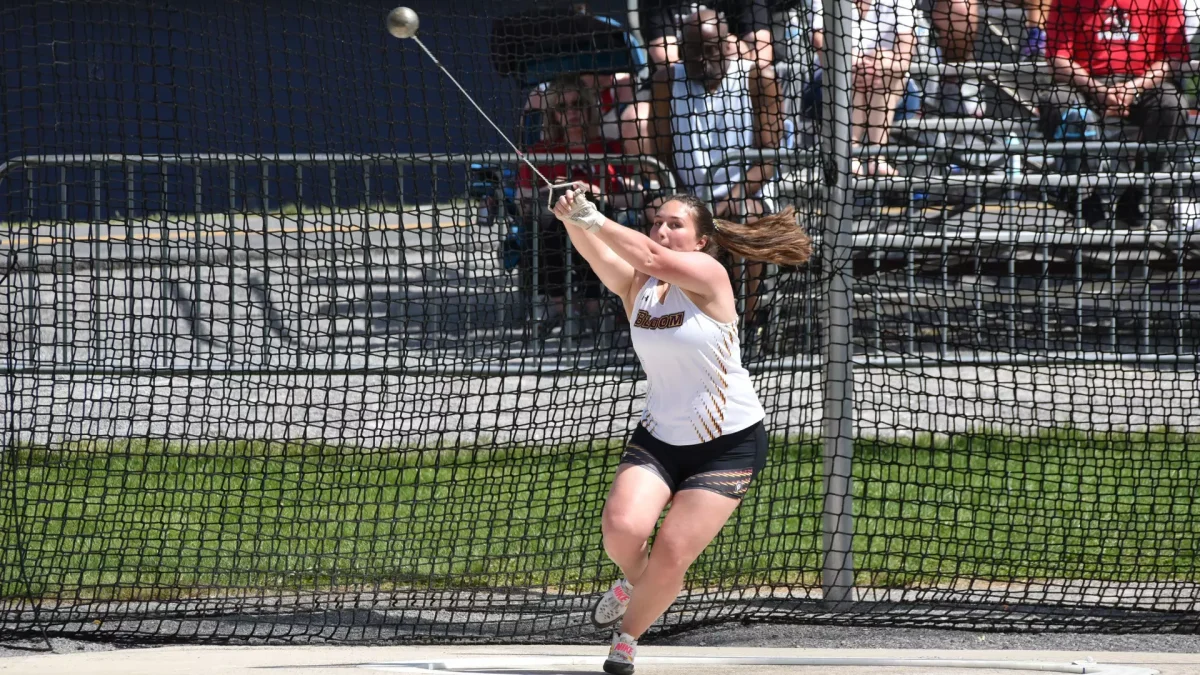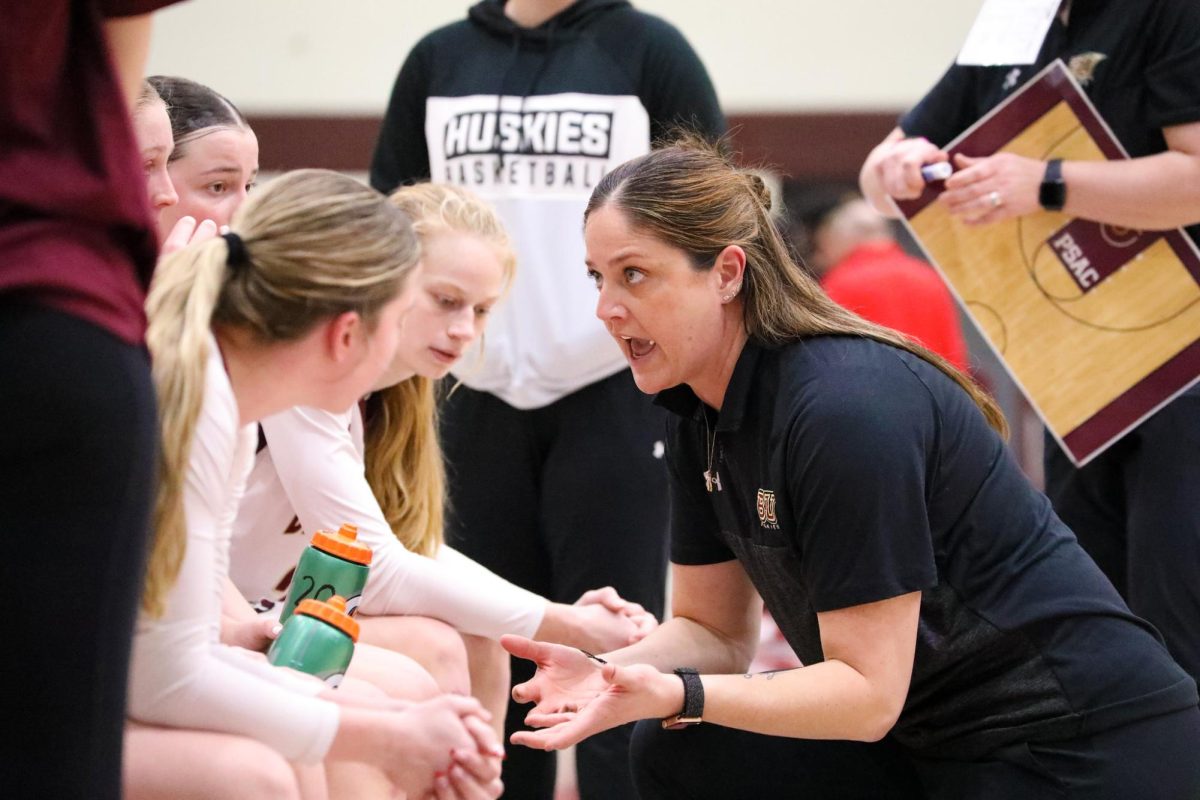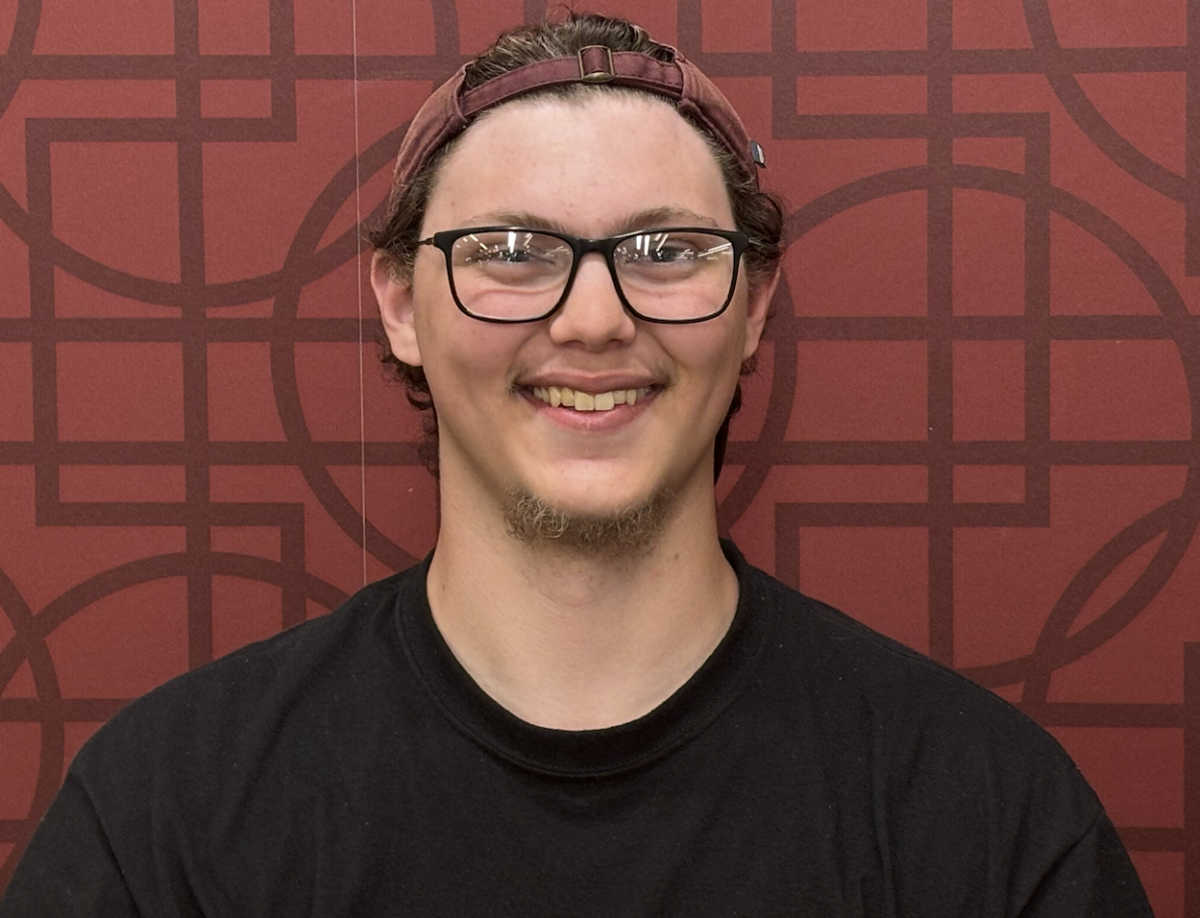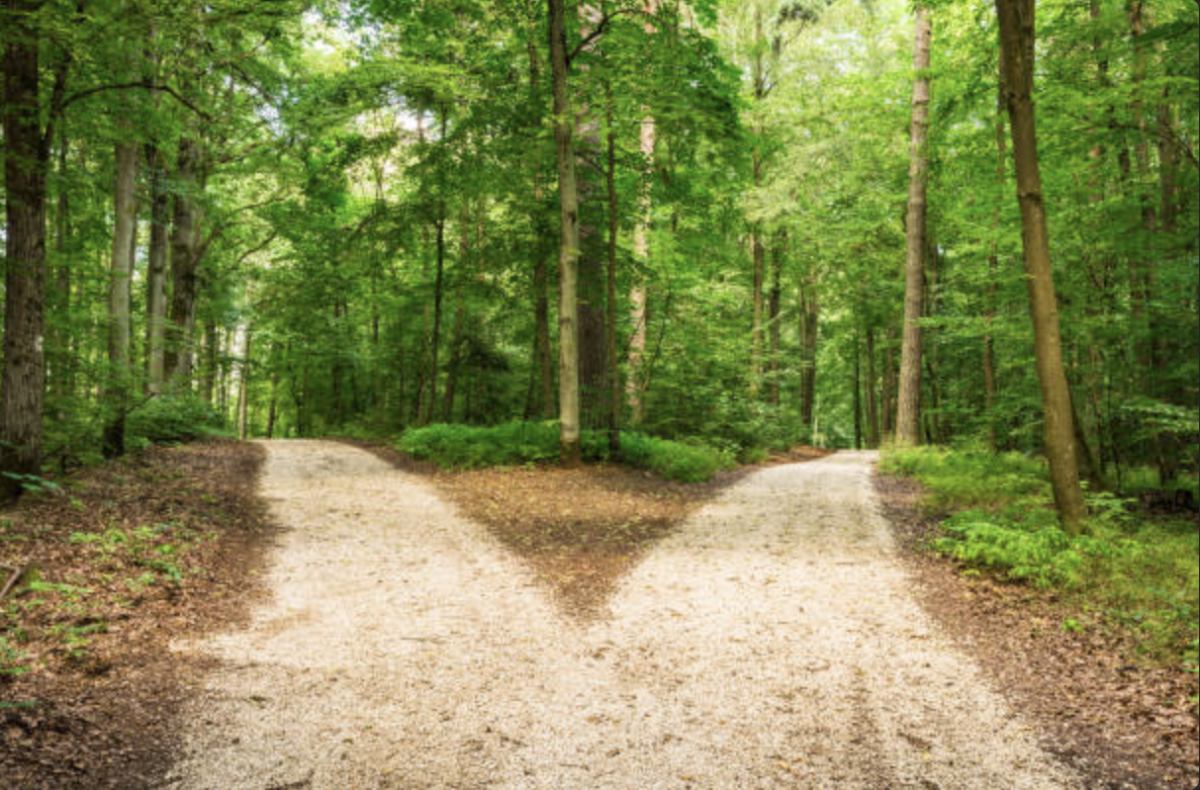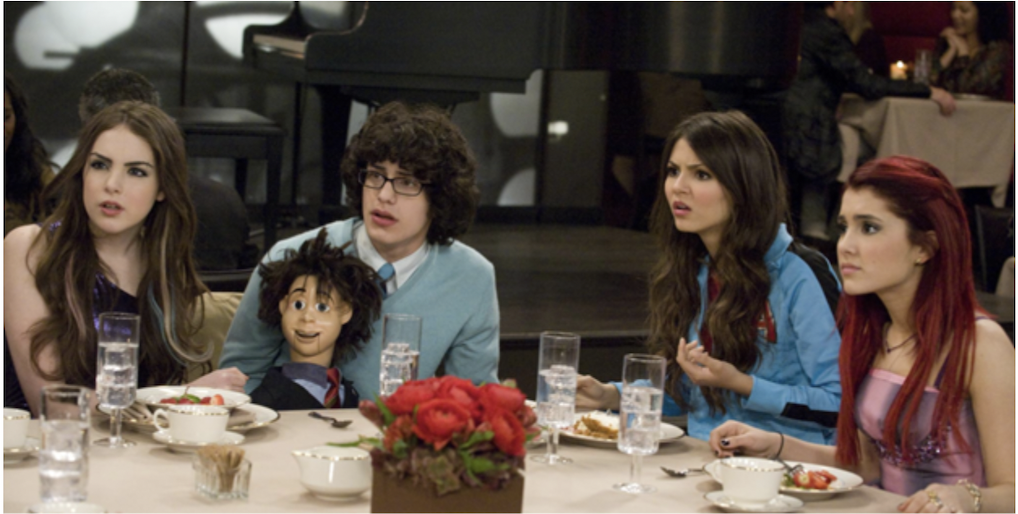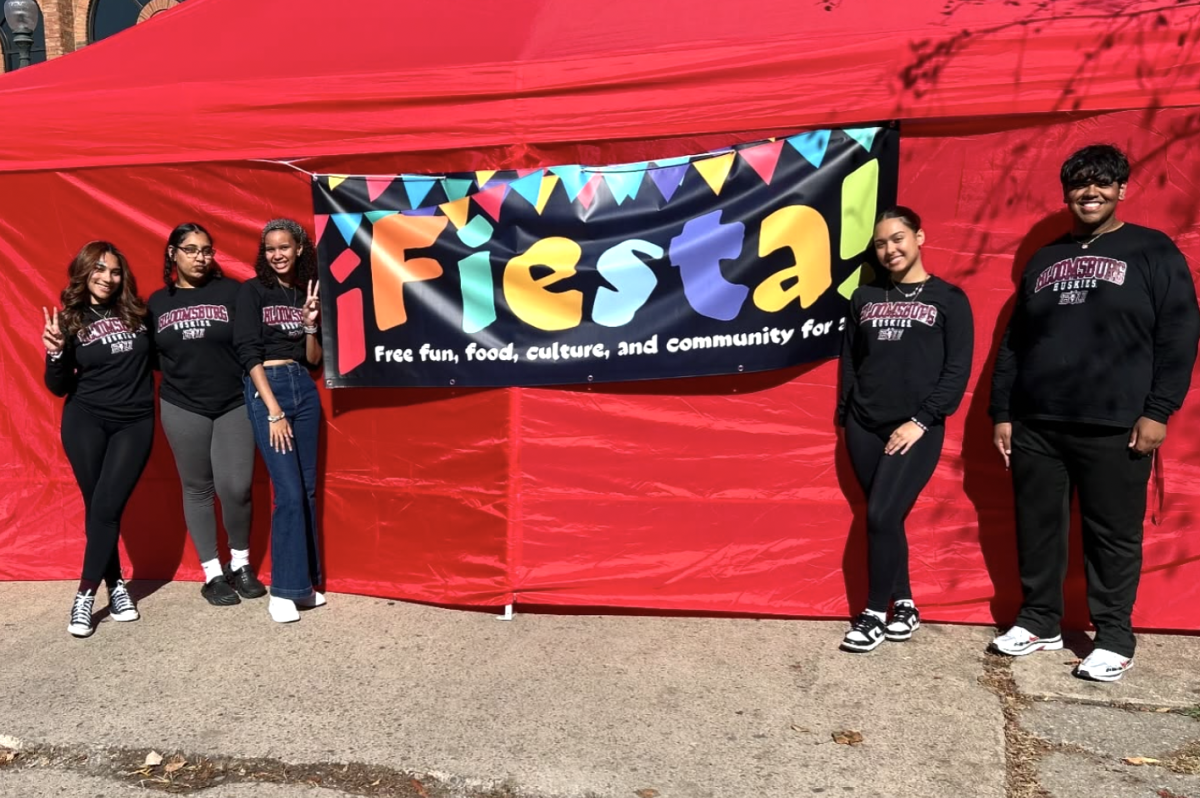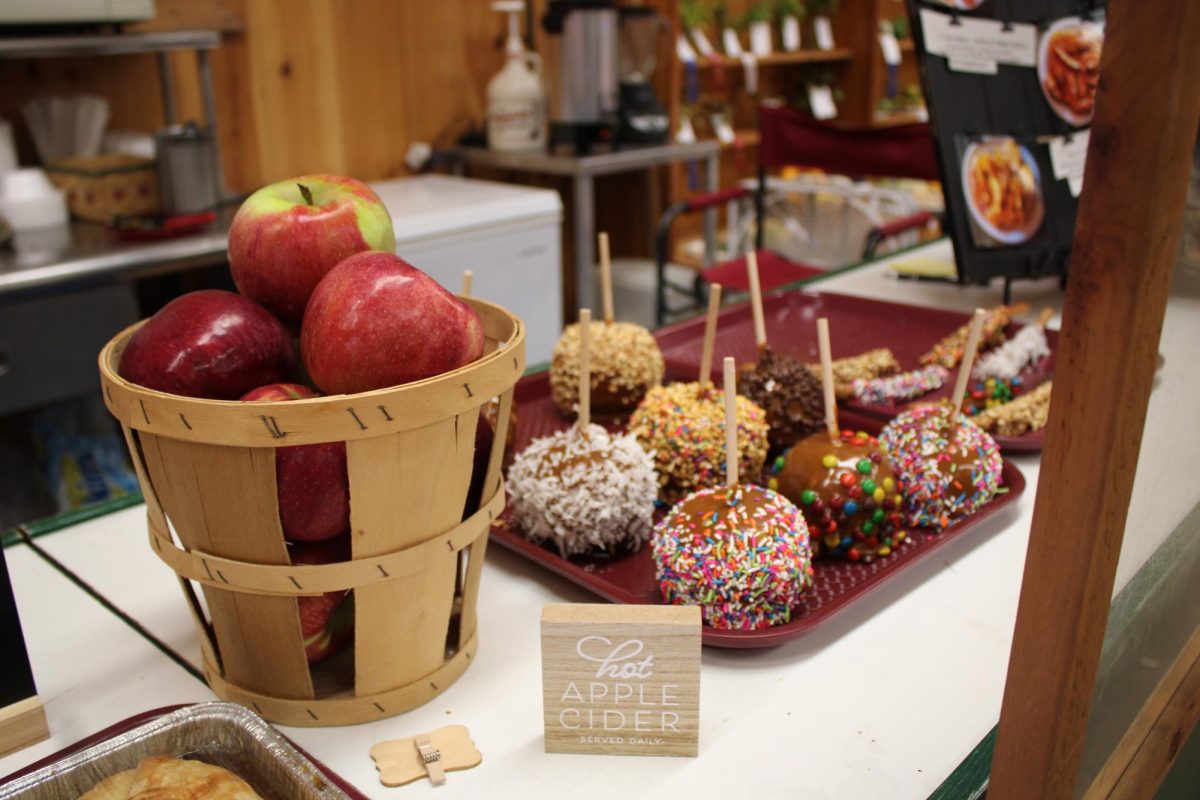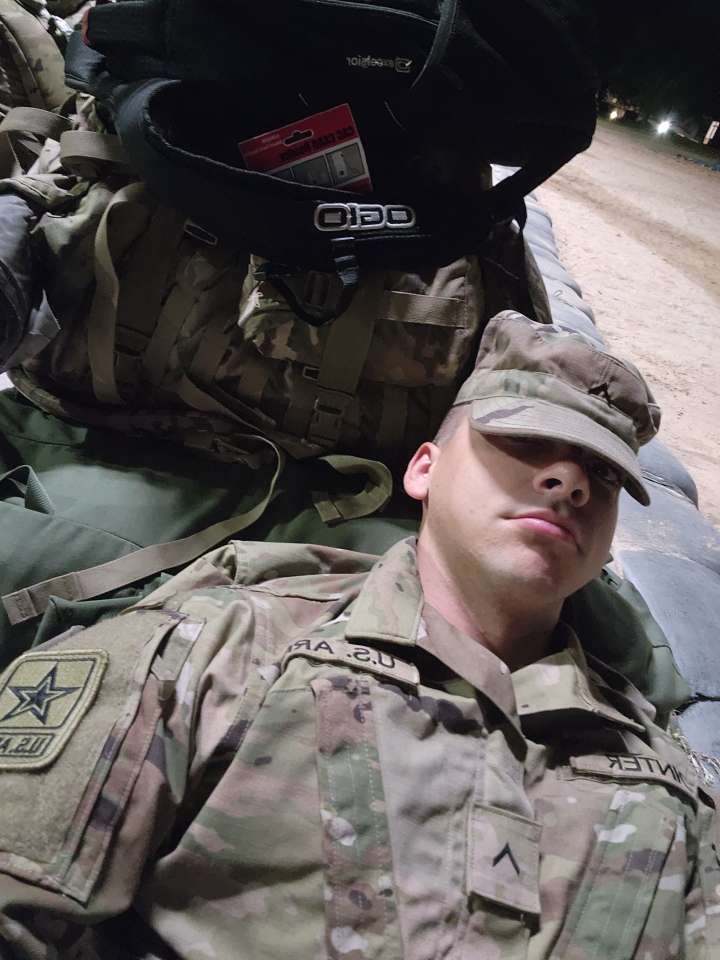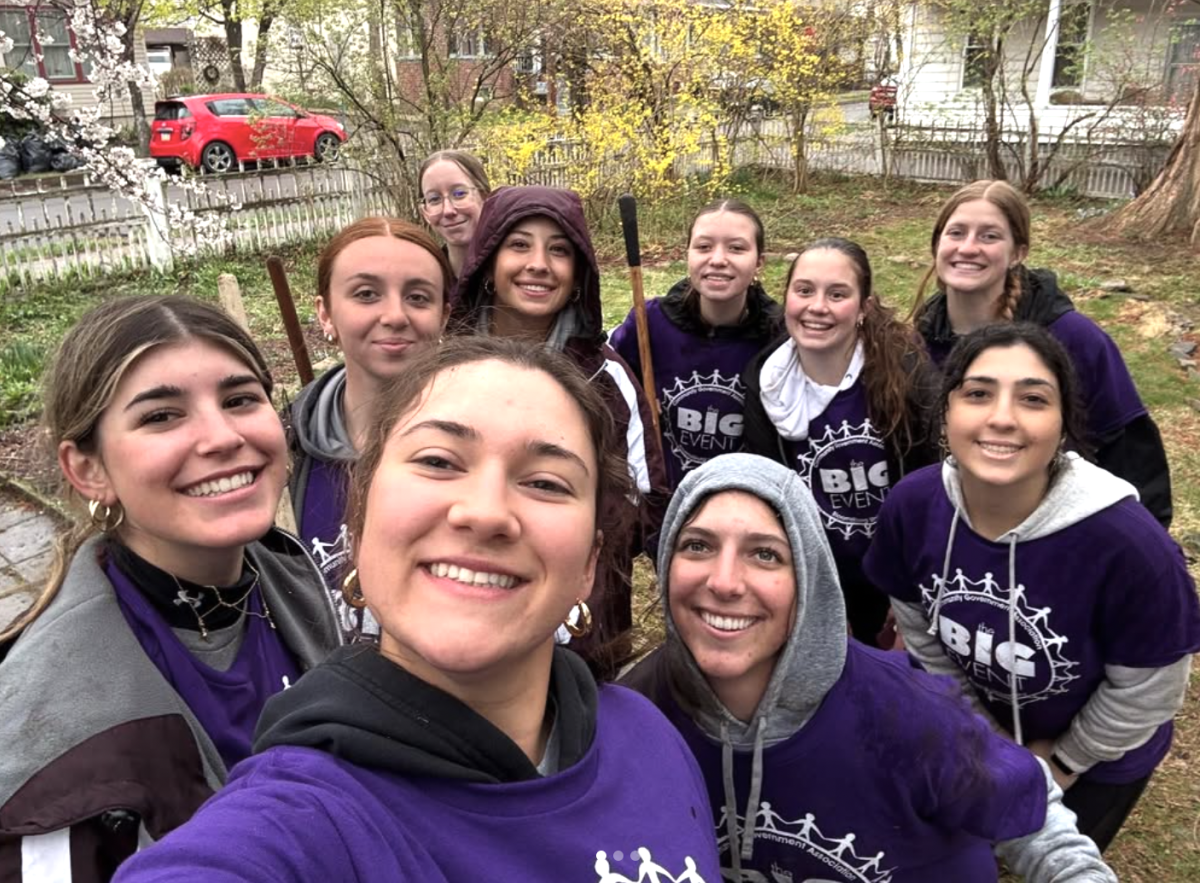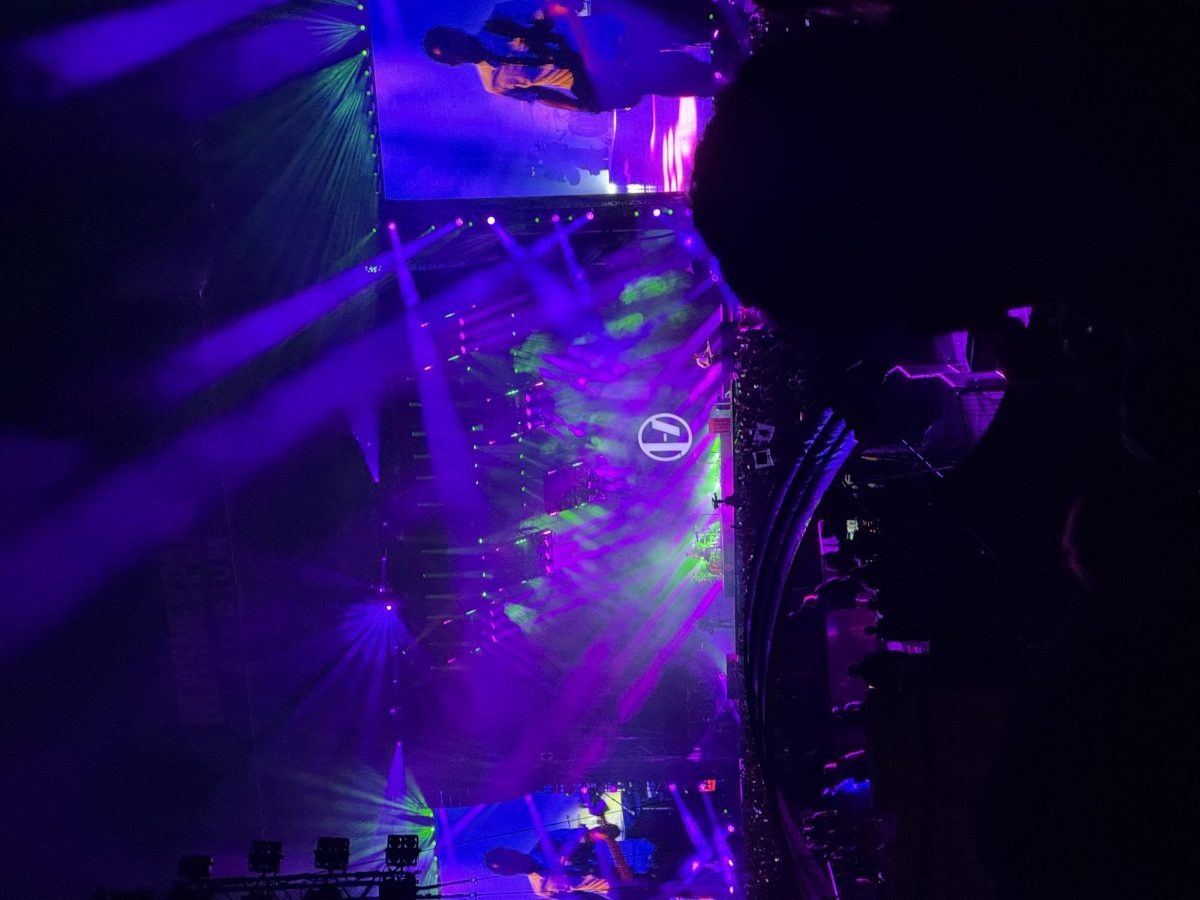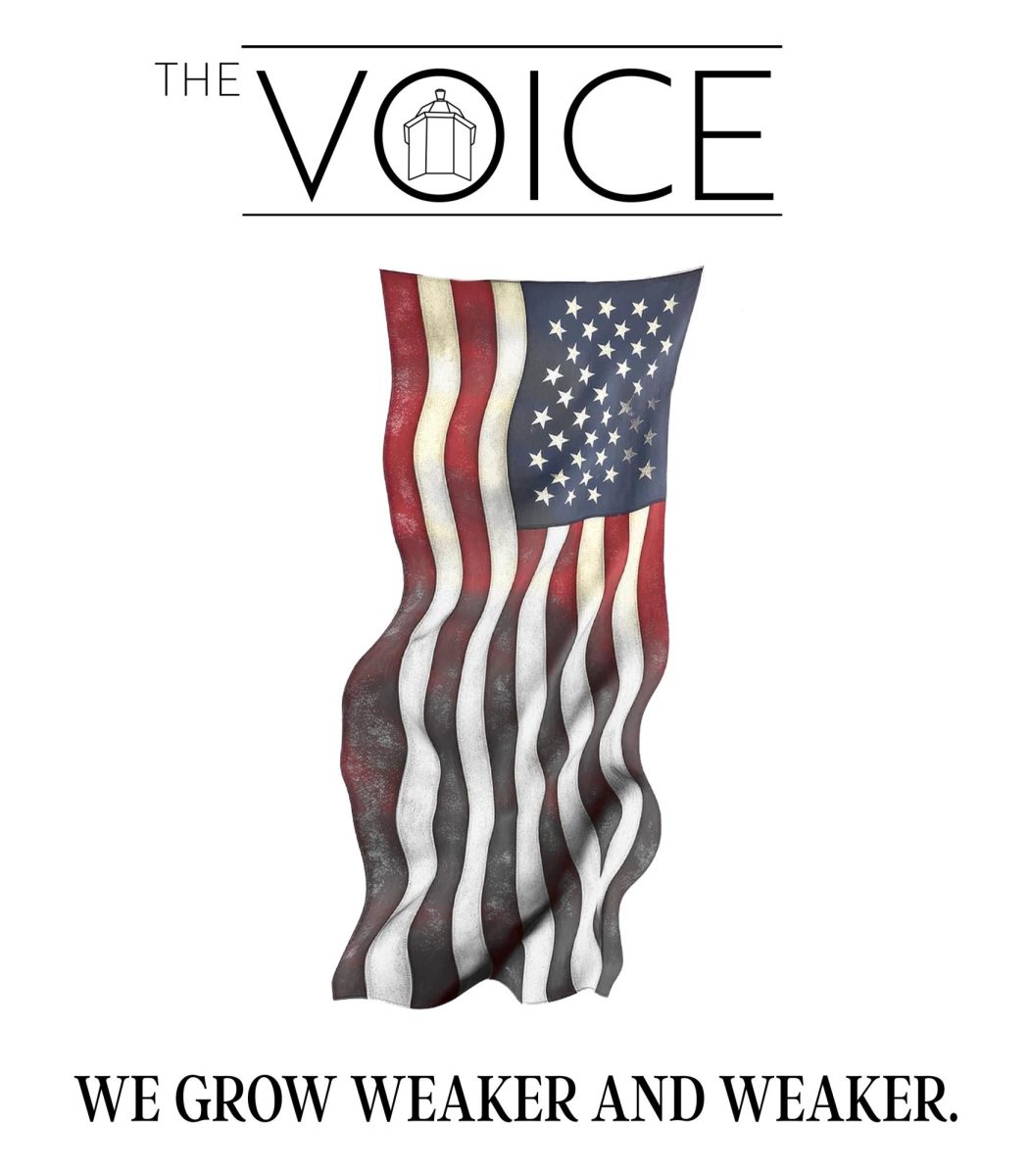If one day you woke up and couldn’t go to your favorite places anymore because they didn’t think of you when designing the space, how would that make you feel?
Imagine your favorite venue isn’t physically accessible, so you can’t even enter the building. You’re forced to give it up and find a new favorite.
Imagine your local coffee shop treats you differently because they have to pause and communicate in a way that’s unfamiliar to them.
Imagine speaking a different language whether it be spoken, signed, or typed where you’re met with harmful stereotypes and uncomfortable reactions.
For millions of people, this is not hypothetical. This is their everyday reality.
They face discrimination. They’re left with no choice but to take their business elsewhere. Unfortunately, in extreme cases that happen far too often, there is nowhere else to go. The next closest accessible place might be hours away.
They are left to either navigate spaces that make them feel unwanted and like a burden or stay home and feel like they are missing out on something.
Why should those be the only options? Why shouldn’t the standard be to include everyone regardless of their physical abilities, communication styles, or needs?
This issue isn’t uncommon. It lives right here on our campus at Commonwealth University.
Hundreds of students call CU Bloomsburg home. Yet, their home doesn’t always take them into consideration.
Picture this: you want to go to a student event, but there’s a massive hill between you and the venue. After a long week of classes — each one requiring the same exhausting uphill journey — you need time to recover. So, you miss out.
Not because you didn’t want to go. Because you physically couldn’t.
Accessibility on campus is not a luxury — it’s a necessity. It is a crucial part of making our university not just diverse in appearance, but truly inclusive in practice.
Bloomsburg University is not fully accessible. The campus is built on steep hills, with few alternatives to stairs and long, uneven walkways. Many residence halls and apartment complexes — including JKA, MPA, and MOA — have no elevators.
Students living on upper campus without vehicles must rely on the shuttle to get to Arts & Admin, followed by a long, steep walk to lower campus where most events are held.
Student involvement opportunities, club meetings, and even casual hangouts are often out of reach — physically and socially. This contributes to a huge disconnection between upper and lower campus.
Even more frustrating, information about resources is not readily available. Unless you already know who to contact, you’re left navigating a maze of unanswered questions and closed doors. This lack of transparency reinforces exclusion instead of removing it.
Creating a truly accessible campus is about more than ramps and elevators. It’s about changing a mindset — a culture that too often overlooks the needs of disabled and Hard-of-Hearing students, neurodivergent students, and others whose experiences don’t fit neatly into the “default.”
Inclusivity is a right, not a privilege. We must use discomfort and discouragement as fuel for change.
Choosing to make Bloomsburg University accessible ensures every student has the opportunity to experience college fully — and with the dignity they deserve.
This campus was not built with all of us in mind. As it grows and celebrates diversity, it must also evolve to meet the needs of everyone who calls it home — fully, equally, and without exception.

